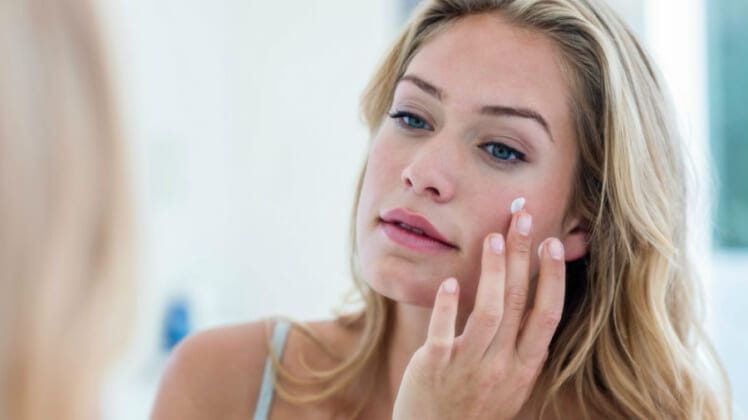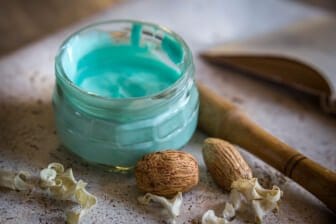
What’s the difference between Tretinoin and Retinol? If you have looked into anti-aging skin care, then you have likely heard of them. So, what are these amazing substances that prevent and treat acne and wrinkles? And which one do you need to add to your skincare routine?
When it comes to strength, Retinol is the least aggressive of the two. This is what makes it perfect for sensitive skin. It is often prescribed by dermatologists to help people combat fine lines and wrinkles. The strong substance is Tretinoin, also known as Retin-A. It is prescribed to help treat acne and for those with oily and highly tolerant skin. It also prevents and treats wrinkles.
You will find that you can only get Tretinoin if it is prescribed by your dermatologist. Retinol can be purchased over the counter at any local drugstore.
How do Tretinoin and Retinol work?
Both Tretinoin and Retinol help the turnover of skin cells. This means they help to exfoliate the skin giving the brighter, smoother skin underneath the ability to come to the surface. They also help the production of collagen in your skin. When this happens, your skin becomes more youthful in appearance. Both also reduce discoloration in the skin like sunspots.
Tretinoin and Retinol: Which Should You Use?
So, which one should you use? The best way to determine this is to work closely with your dermatologist. Honestly, any patient can benefit from either option, but different skin types call for different regimens. If you have sensitive skin, then you would likely do better with Retinol. If you have oily skin, and suffer from acne, then you would lean toward Tretinoin. Both of these are amazing substances to help treat and prevent fine lines and wrinkles.
No matter the product, you will want to start off slowly. If you are purchasing an over-the-counter Retinol, they usually start off with around 1% in the product. Tretinoin maximum concentration is around 2%. You want to make sure to use the product no more than two to three times per week at first so that your skin builds up a tolerance to it. You will want to consult your dermatologist if you feel any discomfort.
When using either one, you will notice that your skin will start to peel the next day. Don’t be alarmed, this is part of the process. Just make sure that when you apply it, that you take into account any social plans. You will also want to make sure that once the peeling is done, you use a light cleanser on your skin and moisturize it properly.
If you are unsure of what products to use along with your Tretinoin and Retinol, then speak to your dermatologist. They will be more than happy to turn you onto some of their favorite skincare products. Not only that but they know your skin better than anyone and will know if you need products for sensitive skin, wrinkle treatment, or acne. If you don’t have a dermatologist, then reach out to family and friends to see who they use.
When it comes to your skin, especially after a certain age, it is so very important to take care of it. With proper skincare you are able to treat existing problems while preventing others. When you are dealing with skincare problems due to age you need products that contain Tretinoin and Retinol so that you can assist the skin in replenishing itself. Along with skincare you want to be sure to consume lots of good nutrients, drink lots of water, and get plenty of sleep. All of these will go a long way in helping you maintain youthful looking skin.



